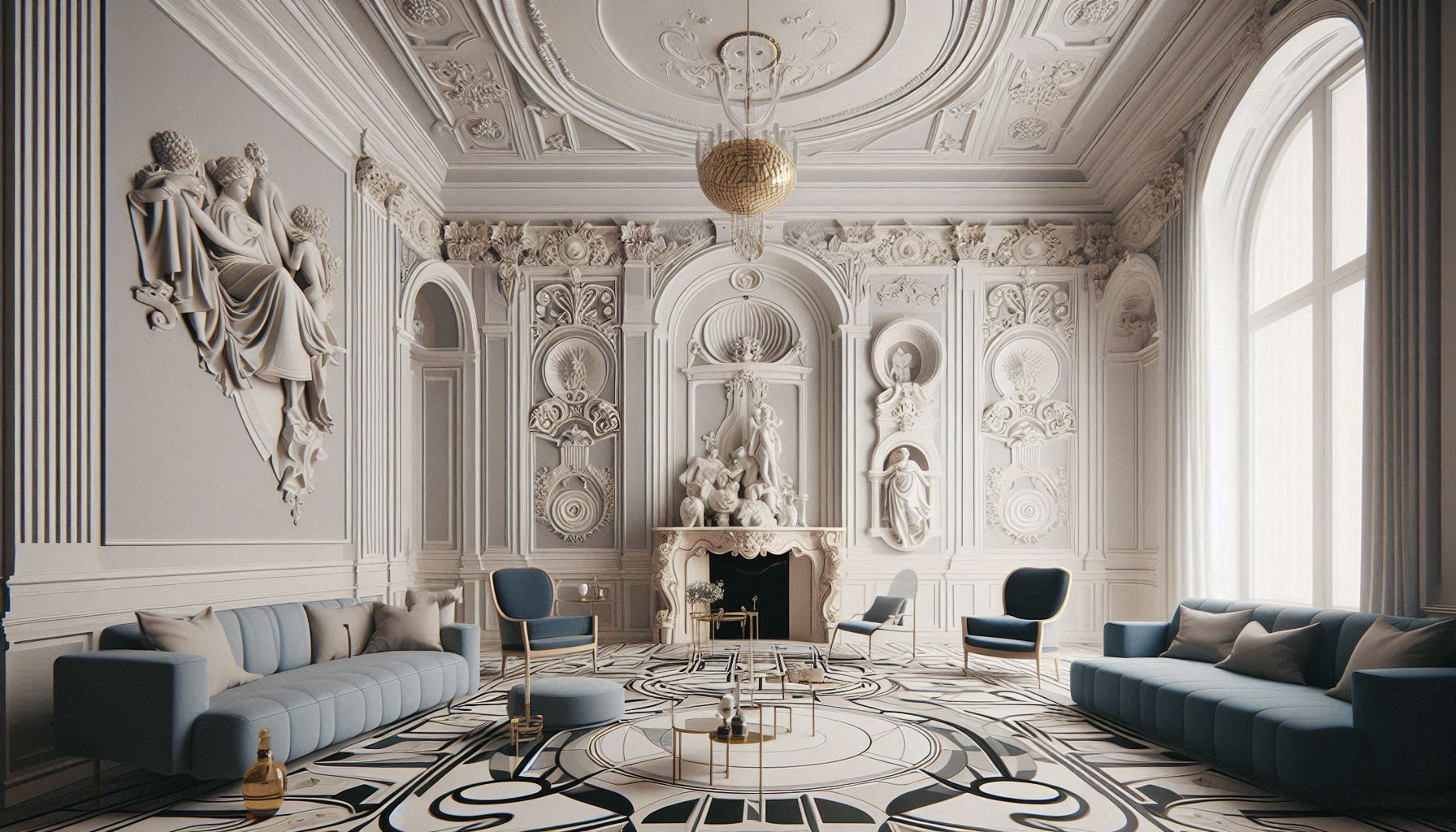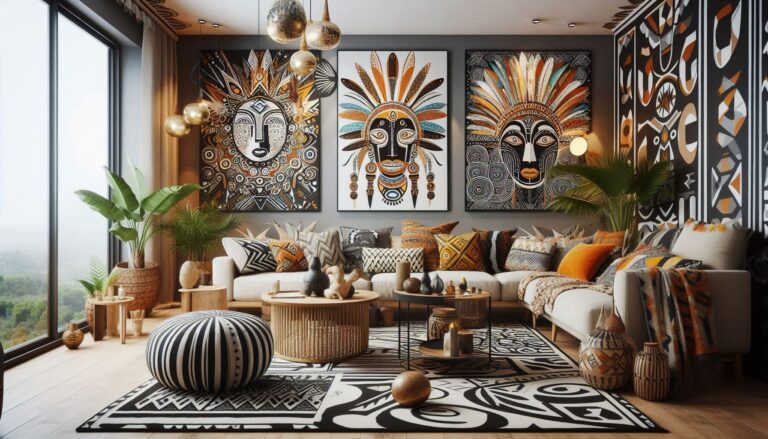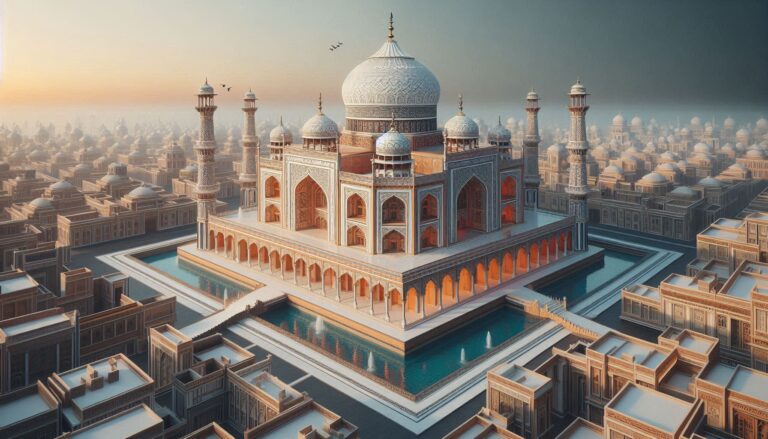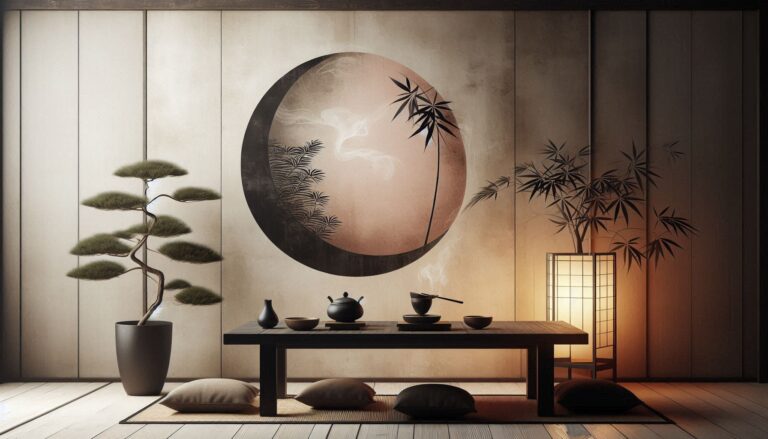Minimalism to Baroque: A Journey Through Design Eras

Interior design has evolved through centuries, reflecting cultural, social, and artistic movements. Two contrasting styles—Minimalism and Baroque—represent distinct approaches to design, yet both have left lasting impressions on contemporary interiors.
Minimalism: The Beauty of Simplicity
Emerging in the late 20th century, minimalism is defined by its ‘less is more’ philosophy. Key characteristics include:
• Clean Lines and Open Spaces
Minimalist interiors focus on uncluttered layouts, emphasizing function over ornamentation.
• Neutral Color Palettes
Whites, grays, and earth tones dominate, creating serene and airy environments.
• Functional Furnishings
Minimalist furniture is sleek and often multipurpose, with an emphasis on geometric simplicity.
Baroque: The Art of Grandeur
Originating in the 17th century, Baroque design is the antithesis of minimalism, embracing opulence and dramatic expression.
• Ornate Detailing
Baroque interiors feature elaborate carvings, gilded moldings, and intricate ceiling frescoes.
• Bold Color Schemes
Rich hues like deep reds, golds, and dark blues create a sense of luxury and power.
• Dramatic Lighting and Decor
Chandeliers, sculptural elements, and heavy draperies contribute to the grandeur of Baroque spaces.
Bridging the Gap: Modern Interpretations
Today’s interior design blends elements from both styles. Many contemporary spaces incorporate minimalist structures with Baroque-inspired décor, such as ornate mirrors or luxurious fabrics. The fusion of these contrasting styles allows designers to create unique spaces that balance simplicity with elegance.
By understanding these historical movements, designers and homeowners can draw inspiration from the past while crafting interiors that resonate with modern sensibilities.






